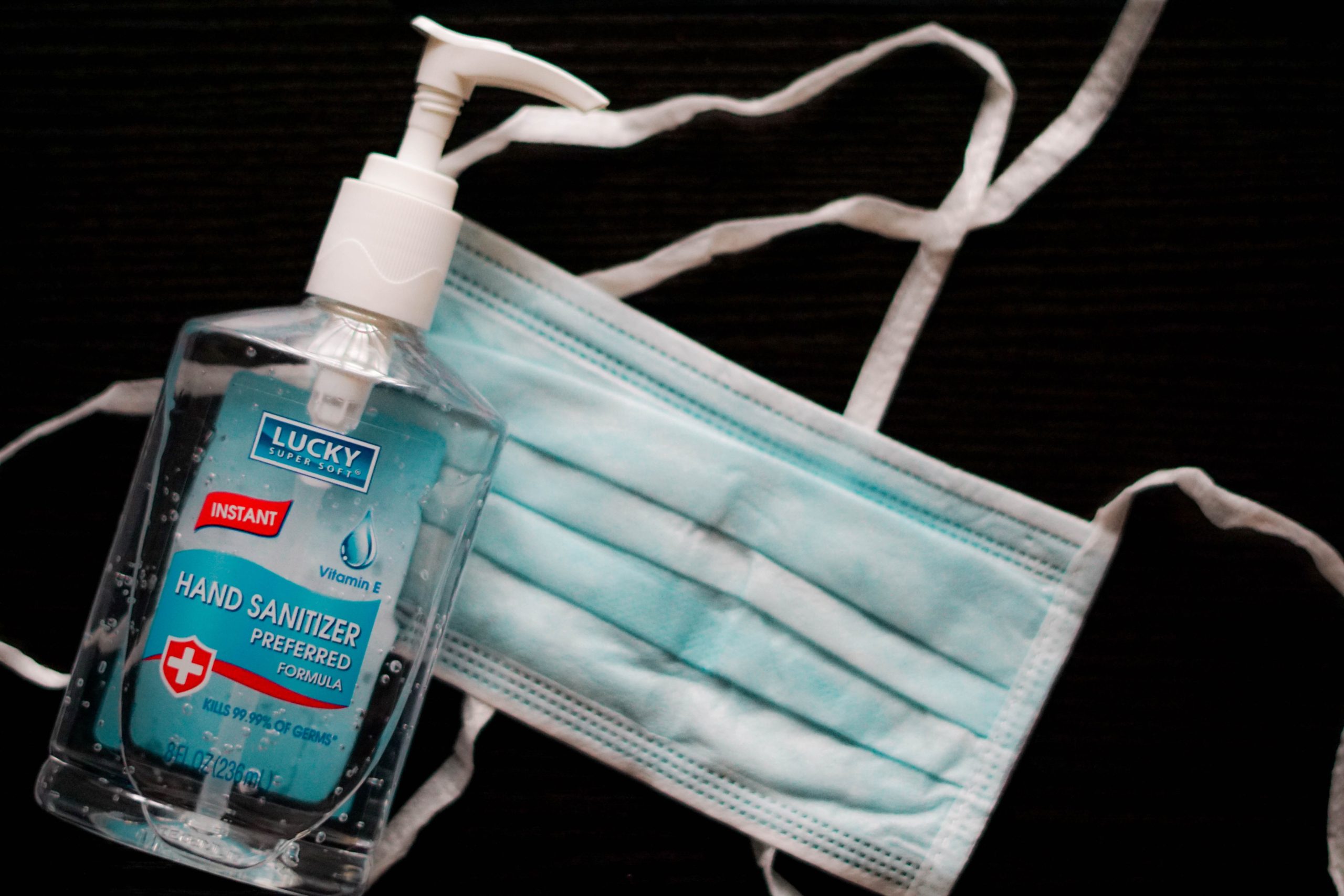
Have you been glued to the news waiting for latest update on the COVID-19 pandemic? But still, are left feeling fearful and underprepared as an employee/employer, for the day that someone in your workforce might fall ill to the virus… What to do then? How does one protect their business and employees’ safety?
Several sources have shed light on how our government is taking measures at federal and state levels to limit the spread of the virus. Many businesses have their employees working from home, but for those who need to stay fully or partially operational, for the people whose presence is required to continue business, these protocols are for you…
Precautionary Measures:
- Implement practices to minimize face-to-face contact between employees. Social distancing of at least six feet is recommended by the state health department. Encourage flexible work arrangements such as teleworking or staggered shifts.
- Routinely clean and disinfect all frequently touched surfaces, such as workstations, countertops, handrails, and doorknobs. Avoid using other employees’ phones, desks, offices, or other work tools and equipment, when possible.
- Promote etiquette for coughing and sneezing and handwashing. Provide tissues, no-touch trash cans, soap and water, and hand sanitizer with at least 60% alcohol.
What if someone is suspected to be sick?
If an employee is showing any symptoms that cause concern, as an employer, you cannot require an employee to be tested without their consent. However, if the employee refuses and there is still reasonable cause for worry about the safety of employees, the employer can require the person to work from home.
If an employee tests positive for COVID-19:
If an employee is tested positive for the virus, he/she should be separated from other employees, customers, and visitors and sent home immediately.
The CDC states that “Employers should not require a positive COVID-19 test result or a healthcare provider’s note for employees who are sick to validate their illness, qualify for sick leave, or to return to work. Healthcare provider offices and medical facilities may be extremely busy and not able to provide such documentation in a timely manner.”
The CDC also suggests that the employer “should inform fellow employees of their possible exposure to COVID-19 in the workplace but maintain confidentiality as required by the Americans with Disabilities Act (ADA).”
Employee Compensation on Leave:
To encourage employees to stay home from work if they are ill or caring for a someone that is ill, employers should be flexible with their sick leave policies and application of paid time off policies.
For employers that do not currently offer sick leave, he/she may want to draft non-punitive “emergency sick leave” policies.
At the federal level, severe cases of COVID-19 can be eligible for the Family and Medical Leave Act (FMLA). This act provides protected time off to eligible employees for the serious health condition of the employee or a covered family member.
Written by: Marusya Madubuko
Citations:
https://www.dwt.com/blogs/employment-labor-and-benefits/2020/03/coronavirus-guidance-for-employers
https://www.cdc.gov/coronavirus/2019-ncov/community/guidance-business-response.html
